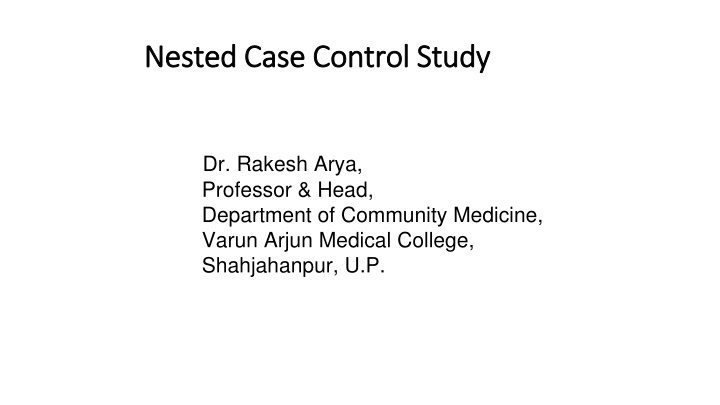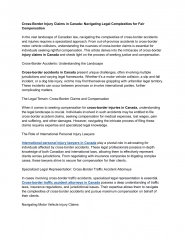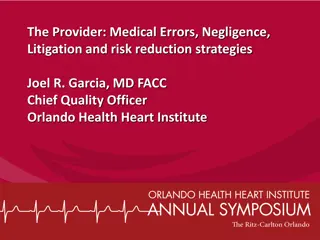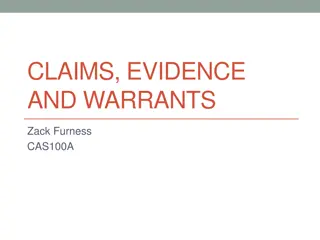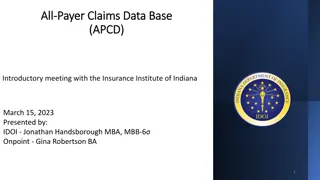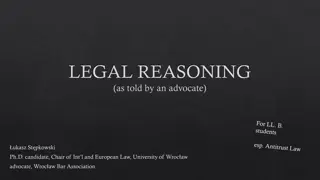Legal Cases in Healthcare: Analyzing Malpractice Claims
In these intriguing legal cases, we delve into malpractice claims within healthcare settings. From a patient losing psychic powers post-CAT scan to a nurse practitioner facing repercussions for a suicide attempt, explore the complexities of medical negligence and legal implications in these compelling scenarios.
Download Presentation

Please find below an Image/Link to download the presentation.
The content on the website is provided AS IS for your information and personal use only. It may not be sold, licensed, or shared on other websites without obtaining consent from the author.If you encounter any issues during the download, it is possible that the publisher has removed the file from their server.
You are allowed to download the files provided on this website for personal or commercial use, subject to the condition that they are used lawfully. All files are the property of their respective owners.
The content on the website is provided AS IS for your information and personal use only. It may not be sold, licensed, or shared on other websites without obtaining consent from the author.
E N D
Presentation Transcript
Nested Case Control Study Nested Case Control Study Dr. Rakesh Arya, Professor & Head, Department of Community Medicine, Varun Arjun Medical College, Shahjahanpur, U.P.
Introduction Case -control study within a cohort study Variation in case control study where each case is matched to one or more controls based on participants characteristics . Eg. Age At the beginning of the cohort study, members of the cohort are assessed for risk factors. Cases and controls are identified subsequently at a time. Controls are a sample of individuals who are at risk for the disease at the time each case of disease develops.
Example of Nested Case Control Study A nested case control study examined the relationship between serum organochlorides and breast caner. Study subject were drawn from a cohort of over 57,000 female members of Kaiser Permanente Medical Care Program who went multiphasic examination in late 1960s, at which time blood samples were collected and stored. The cohort was followed upto 1990. 150 women who developed breast cancer during the followup period were then randomly selected and individually matched to 150 women in the cohort who had remained free of breast cancer.
Using the blood samples stored at baseline , serum levels were compared between cancer and controls. This approach resulted in considerably less cost and effort in processing of laboratory specimens.
Advantages Efficient not all members of parent cohort require diagnostic testing Flexible Reduces selection bias cases and controls sampled from same population Reduces information bias risk factor exposure can be assessed with investigator blind to case status
Disadvantages Reduces power of the study as sample size is decreased.
